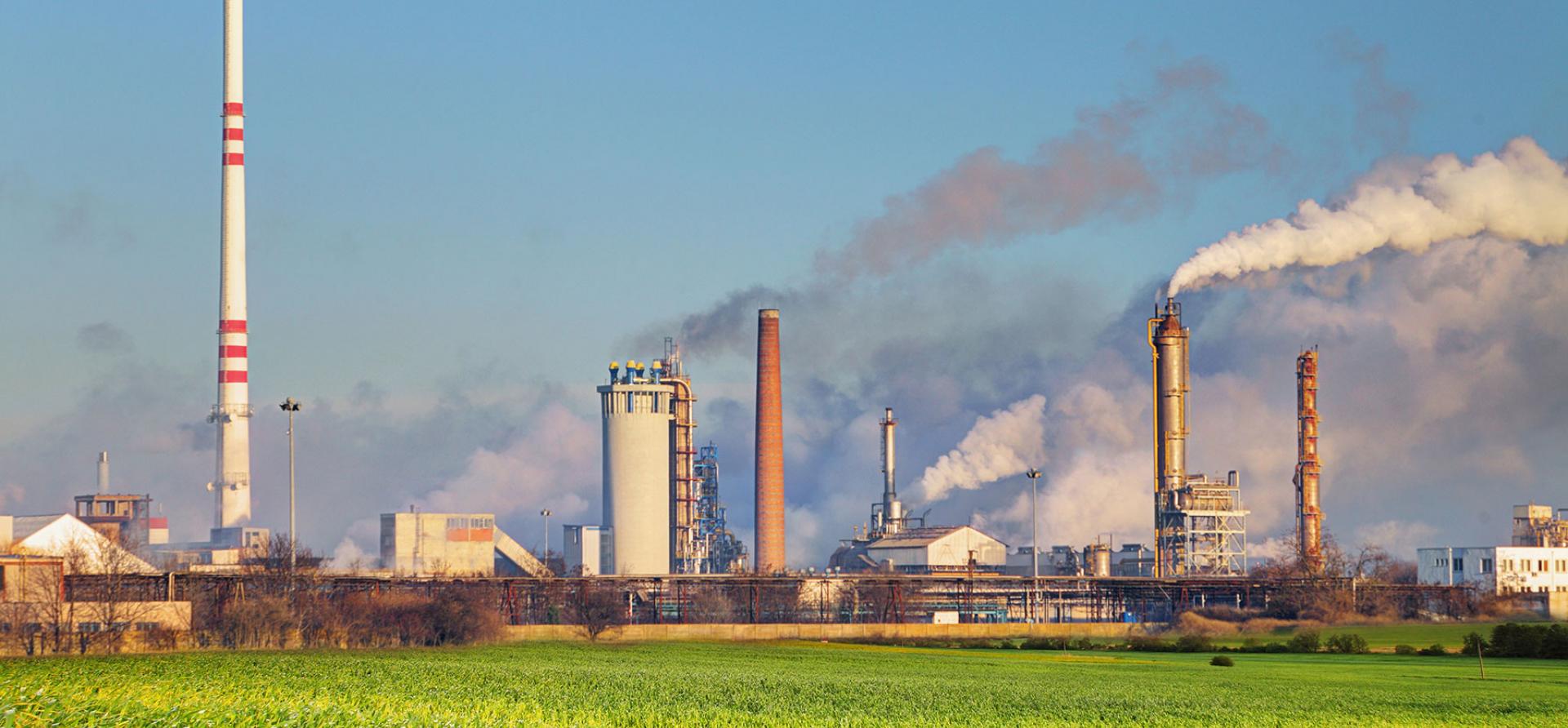Climate finance in India

Key Findings
The economic impacts of COVID-19 and the Russia-Ukraine war have highlighted the need for countries to redouble their efforts to accelerate their energy transition pathways and reduce reliance on expensive and unreliable fossil fuels.
Finance will be a key enabler in helping countries to reach their climate goals and limit global warming to 1.5°C. Developed countries committed US$100 billion to climate finance by 2020, but fell short of their target, which was then extended to 2025.
At COP26, Prime Minister Narendra Modi demanded that rich countries contribute more – US$1 trillion in climate finance just for India over the next decade.
While private investment into clean energy in India has increased, it is critical that concessional public capital is directed towards deployment of proven new zero-emissions technologies at scale instead of fossil fuel imports.
Overview
Developed countries committed US$100 billion to climate finance by 2020, but fell short of their target, which was then extended to 2025. The financing gap is much wider for developing countries to achieve their climate goals. This paper presents the financing required to meet India’s renewable energy targets by 2030 and beyond, aligned with the 1.5°C scenario.
The financing gap is much wider for developing countries to achieve their climate goals.
The Global North produces 92% of excess global carbon emissions, as per a report published in The Lancet Planetary Health. Yet, climate change disproportionately impacts the Global South where people and communities are much more vulnerable to the impacts of extreme weather conditions.
At the 16th Conference of the Parties (COP) in 2010, developed countries pledged to mobilise US$100 billion per year by 2020 to tackle and minimise the impacts of climate change, and help developing countries in the Global South to accelerate decarbonisation of their energy sectors.
The US$100 billion per year in climate finance was a central element of the Paris Agreement, as well. However, donor countries in the Global North have not kept to their promise and the deployment of funds is much lower than the target. The commitment was reiterated and extended to 2025 at COP21.
Donor countries in the Global North have not kept to their promise and the deployment of funds is much lower than the target.
As per the ODI report, Germany, Sweden and Norway are the only developed countries – out of 23 that were responsible for donating international climate finance – that paid their fair share of the annual US$100 billion. Based on historical emissions and national income, the United States had the biggest shortfall.
Moreover, majority of the finance (~71%) has been in the form of loans. This is creating a debt trap for economies in the Global South, still reeling from the COVID-19 pandemic, and which are now taking a further hit from the Russia-Ukraine war.
The economic impacts of COVID-19 and the war have highlighted the need for countries to redouble their efforts to accelerate their energy transition pathways and reduce reliance on expensive and unreliable fossil fuels. To enhance energy security, job creation, reduce import bills etc., countries in the Global South will have to invest in building renewable energy capacity, energy efficiency, solutions for grid integration (such as pumped hydro and battery storage), and new technologies such as off-shore wind and green hydrogen. Investment is also needed for grid modernisation and strengthening.
The Global South needs to channel more investments. Domestic capital will be insufficient to meet climate goals, so what is needed is additional allocation of international capital to the Global South. However, while there is no dearth of capital, the availability of climate finance for developing countries has been limited so far.
Read the full paper published by the Council for Strategic and Defense Research.
















